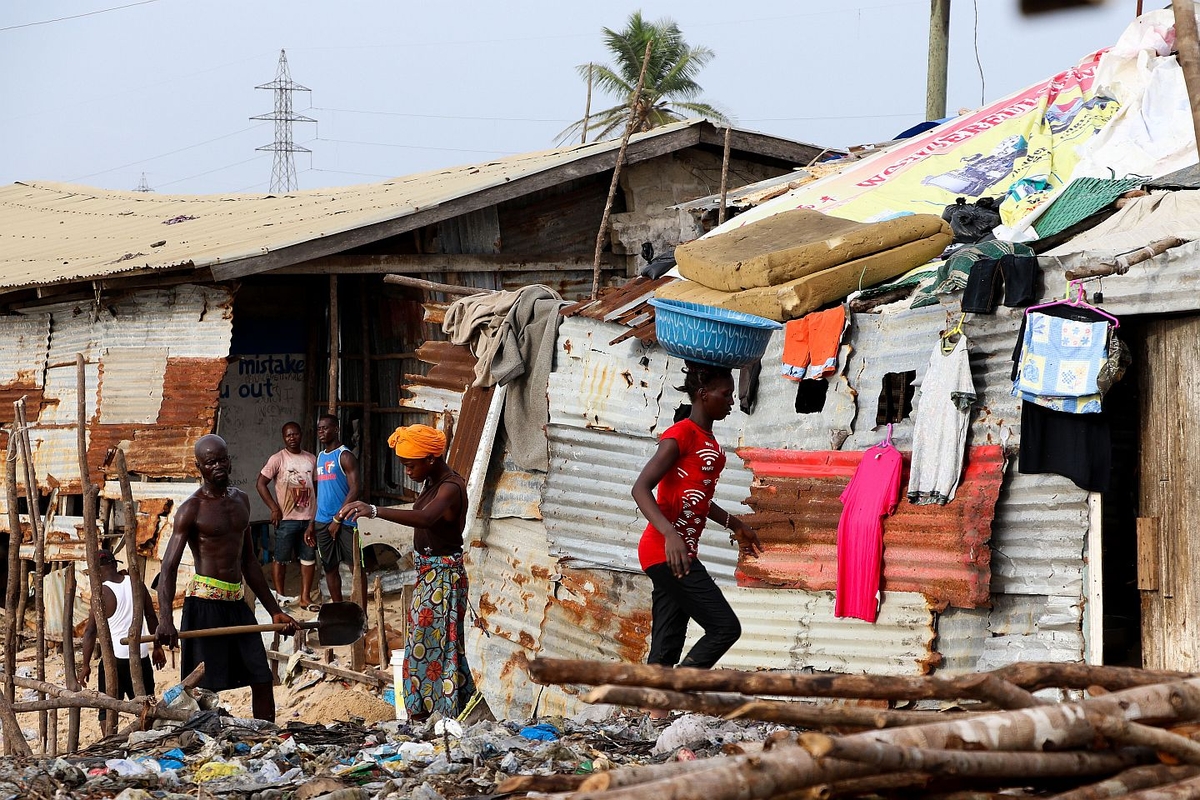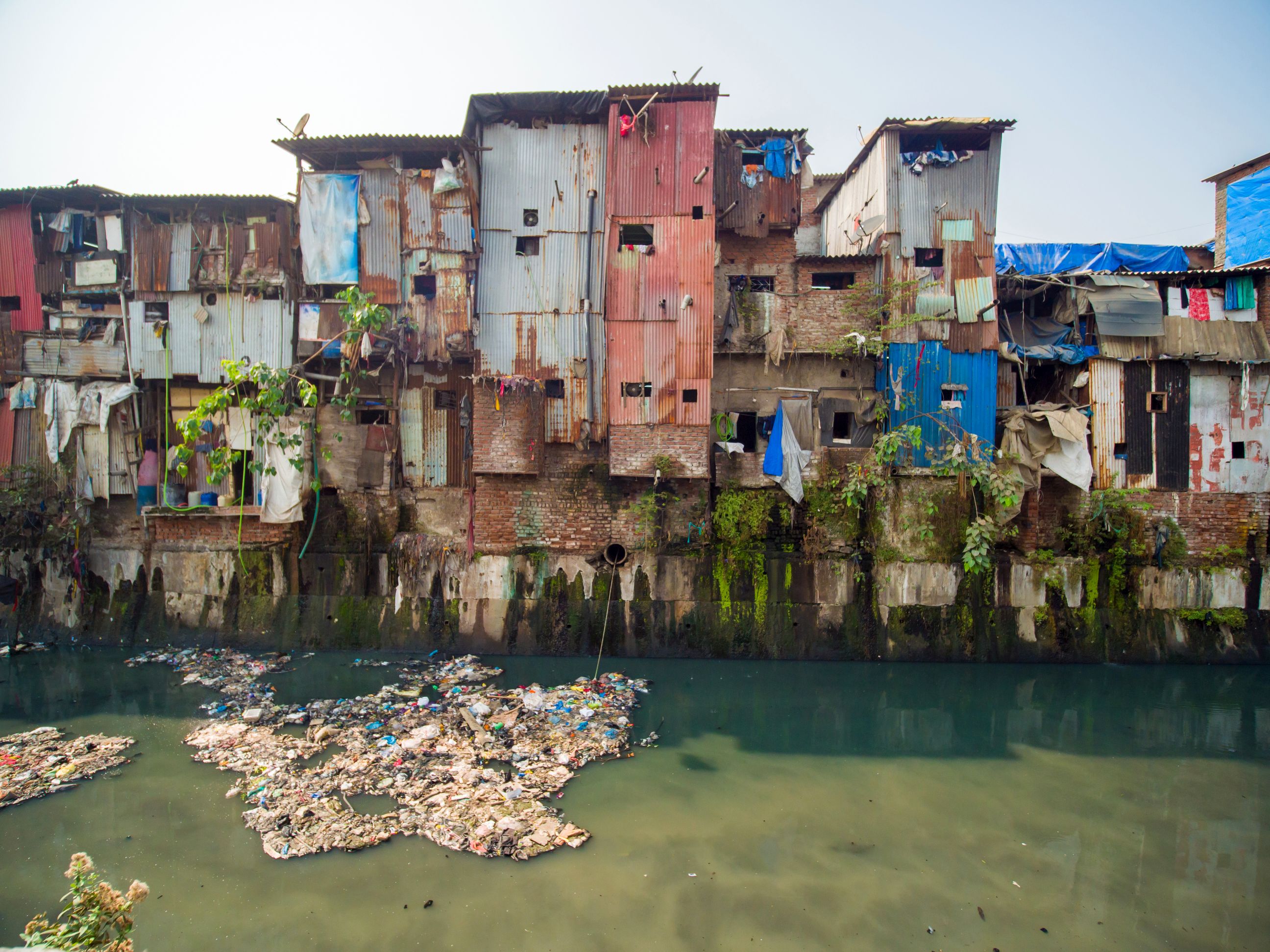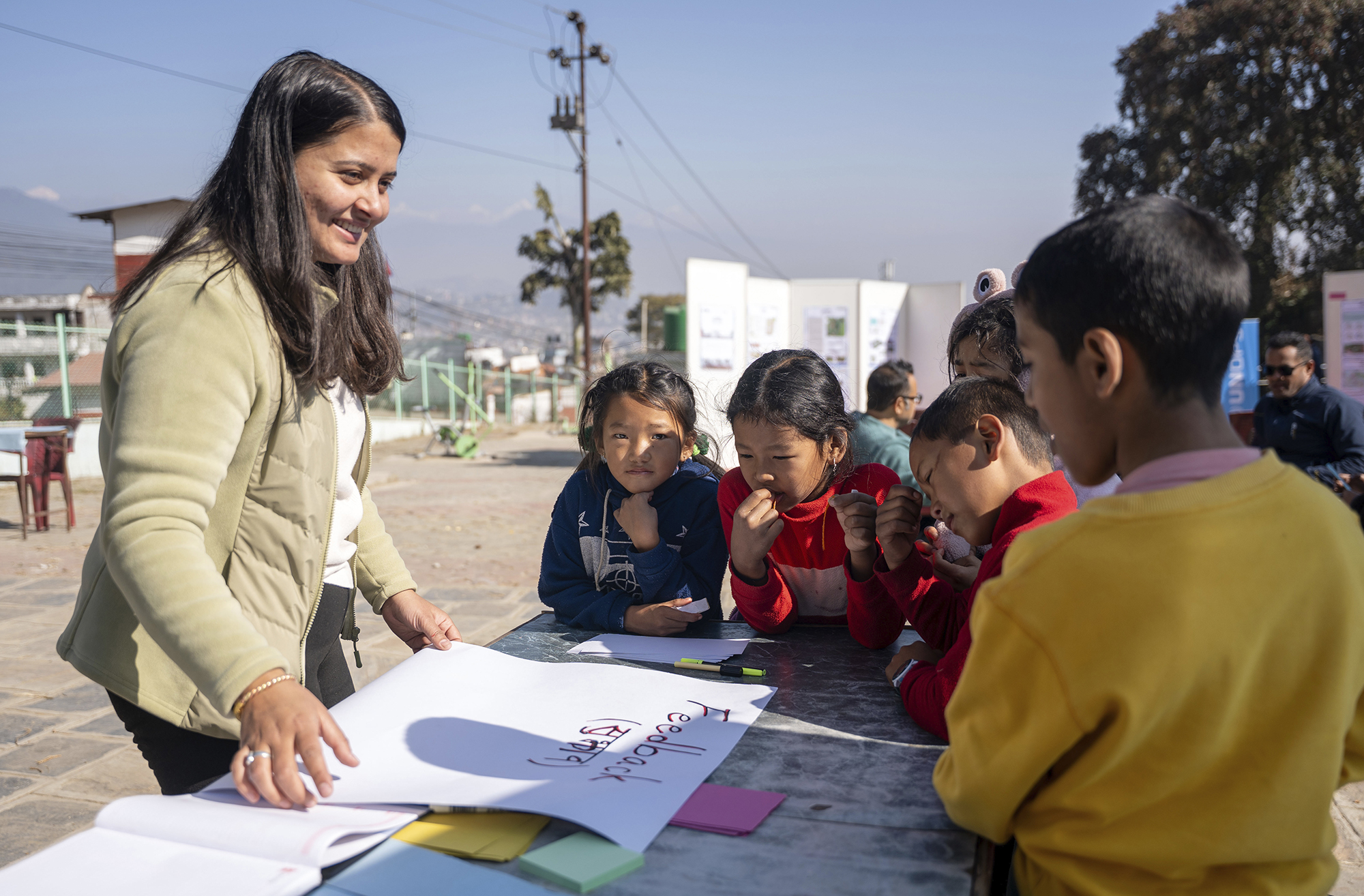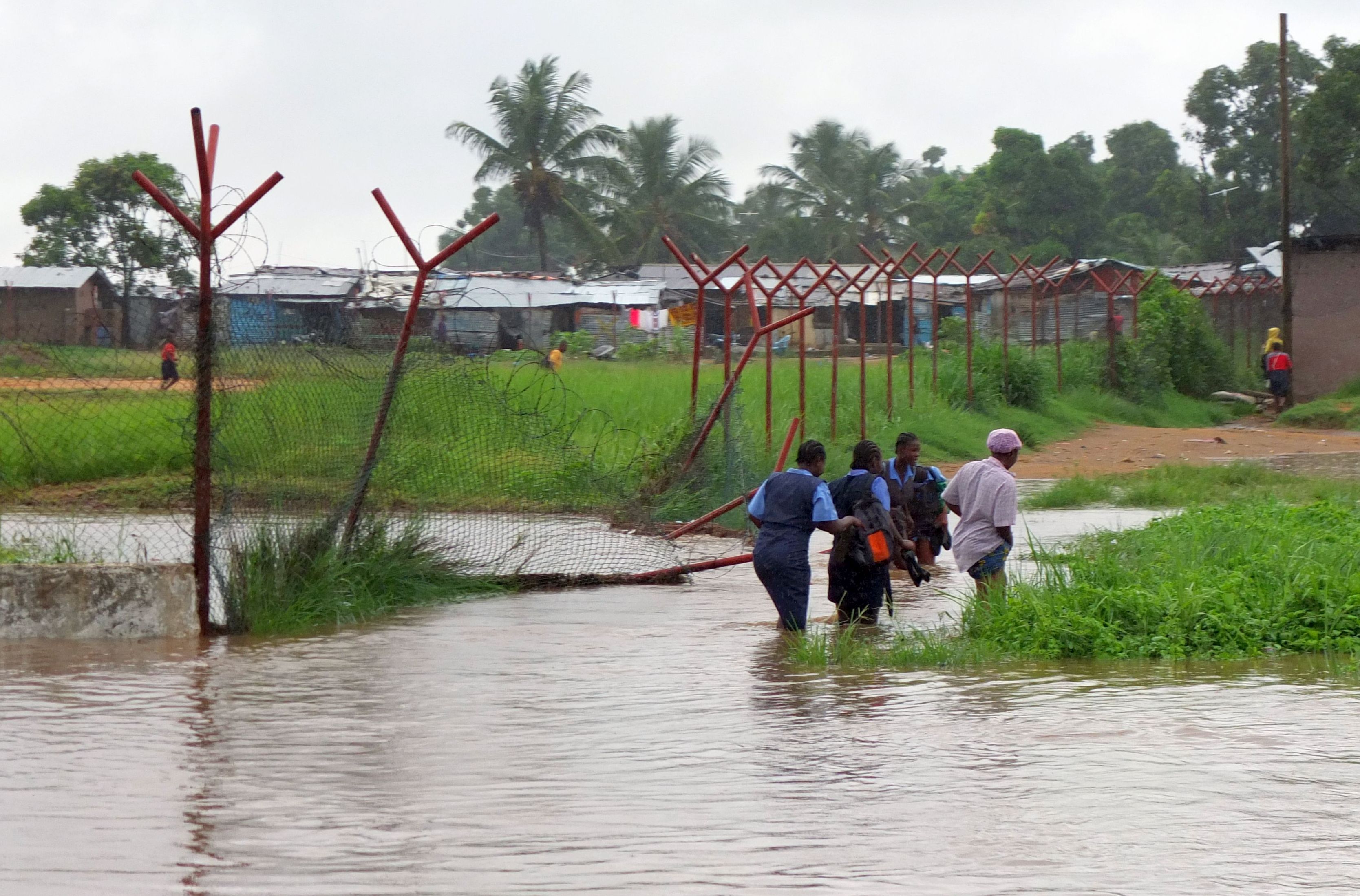This piece was first published by Geographical
By Mark Rowe, Journalist
We’re used to big numbers when it comes to indicators of global inequality, but the figure of a billion human beings still living in slums can be difficult to comprehend. Despite five decades of efforts to upgrade, rebuild and redevelop slums, the number of dwellers in sub-optimal housing, often without access to clean running water, sanitation or electricity, is at an all-time high, according to the international agency UN-Habitat. Given that governments, grassroots activists and development agencies have accumulated a huge casebook of what does and doesn’t work, why is the problem so intractable?
The need to address the problem is ever more pressing because urbanisation, the key driver of slums, isn’t going away. Quite the opposite: UN-Habitat anticipates that 90 per cent of the 21st century’s urbanisation will take place in developing nations. By 2050, two-thirds of the global population – around seven billion people – will live in urban areas. Already, about 700 million slum dwellers live in Asia. Globally, the ambition to transform slums is enshrined in Goal 11 (relating to sustainable cities) of the UN Sustainable Development Goals. As Jeet Mistry, programme specialist, sustainable urban development at SIDA, the Swedish International Development Corporation Agency, puts it, ‘It’s going to be a big ask.’
Urban bad, rural good?
The world’s largest slums include Khayelitsha in Cape Town, South Africa (400,000 people); Kibera in Nairobi, Kenya (700,000); Dharavi in Mumbai, India (one million); Neza in Mexico (1.2 million); and Orangi Town in Karachi, Pakistan, which, with 2.4 million inhabitants, is the world’s largest slum. Despite the fact that many slums are as large as many cities that benefit from economies of scale, their inhabitants face a ‘poverty penalty’, paying more for basic services than those in richer areas. They remain exposed to hostile policy environments, social exclusion, climate change and inadequate public health systems. Only 20 per cent of Kibera has electricity and each latrine is shared by 50 shacks. Violence can be shocking: in Orangi Town, 77 per cent of women report having been raped.
So how to create real change? It used to be thought that the best method of limiting slums was to encourage people to stay in rural areas, but nowadays, most experts agree that incentivising people to remain in the countryside doesn’t work. The pull factor is just too strong. People will come to the city whether or not there are services to meet their needs.
If you try to forcibly block people from coming, evict them from slums, you just displace them to another part of the city. The only thing that it creates is bitterness and social division.
Julian Baskin, Principal Urban Advisor, Cities Alliance
‘Urbanisation has often been viewed as a negative process characterised by arguments to keep people in rural areas,’ says Minna Örnéus, senior programme specialist at the SIDA’s Unit for Global Cooperation on Environment. ‘But this view is misplaced – not to mention having questionable implications for people’s freedom of movement.
‘Migrating to cities is attractive and, to some extent, reflects progress with development if it is managed the right way,’ she continues. ‘Look at Europe – we are really urbanised. People look for opportunities in cities that are lacking where they came from. Maybe they can’t support their whole family in a rural area. If you’re young, maybe you’re attracted by the urban lifestyle and promises of better-paid jobs.’
One impact of creating a hostile environment for migrants to cities is that slums are perceived as a bolt-on. This translates into a lack of access to urban amenities and social infrastructure, and the non-availability of community buildings, public spaces, sports facilities, schools, and health services. Housing will generally comprise poorly built, tightly packed concrete blocks.
‘Ten years ago, urbanisation was seen as a problem and symptomatic of a failure of rural development,’ says Julian Baskin, senior urban advisor at Cities Alliance, a UN agency. ‘This went as far as actively not investing in cities, in case it attracted people. But if you try to forcibly block people from coming, evict them from slums, you just displace them to another part of the city. The only thing it creates is bitterness and social division.’
Thinking has partly shifted because data built up over decades demonstrate a link between urbanisation and lower poverty rates. According to the UN Department of Economic and Social Affairs, urban areas account for 70 per cent of global GDP. ‘The evidence shows that no nation can become a middle-income country (MIC) without urbanisation,’ says Baskin. ‘The moment Ghana hit a threshold of 50 per cent of its population being urbanised, it was also designated a MIC.’ This does not, however, mean the rural economy should be overlooked or discouraged.
‘Urban and rural areas should not be polarised,’ Baskin argues. ‘They are mutually reinforcing. Good rural development depends on successful cities. The future lies in getting the cities right.’
Efforts to address this are increasingly reflected in a change in approach by policymakers: in the 21st century, slum upgrading programmes tend to be more encompassing and integrated, recognising the multi-faceted nature of poverty. Thinking has shifted to view slum communities as a vital part of the city and how it functions. Rather than being spatially excluded, they should be at the centre of city and national development. However, as a consequence, upgrading projects have become complex undertakings.
Removing the stigma
Mistry recalls working in Delhi’s slums during the early 2000s, where he was struck by how the urban poor succeeded in organising themselves to secure their right to food. ‘That focus on rights [of all kinds] still exists today and can only succeed with much greater interaction between communities of the urban poor and local government,’ he says. ‘There is still a need for transforming the stigma that has existed around slum dwellers.’
Providing slums with basic municipal services is a way towards formalising them, and also a significant step towards local governments realising that the urban poor have a fundamental right to live in decent conditions.
Minna Örnéus, Senior Programme Specialist, Sida
Concrete policy changes towards slums have been slow to emerge, but another factor that has helped shift perspectives is a growing realisation among governments that informal urban economies, especially in sub-Saharan Africa, make a significant contribution to economic development and the functioning of cities (and up to 80 per cent of certain national economies in the developing world).
Slum communities should be at the centre of their city and national development,’ says a spokesperson for Muungano wa Wanavijiji, the Kenyan federation of slum dwellers (‘United Slum Dwellers’ in Kiswahili), a social movement of slum residents, urban poor, universities, civil society, the private sector and Nairobi’s county government. ‘Slum upgrading is possible, but only where communities themselves are at the centre of their development.’
Economic informality generates new employment in the developing world, even if there are downsides, such as high levels of under-employment, insecurity and low-income level. ‘Where this realisation exists, there is a bigger willingness to work with communities of the urban poor,’ says Örnéus, ‘to try to bring them into the formal system, which can support the proper functioning of a city through, for example, widening the tax base.’

Better planning, more rights
Experts also recognise that the rationale for planning in slums must be turned on its head. Traditionally, planning in cities in the developing world was based on European models of identifying land, buying and then planning and servicing it before building houses, all of which can take years. ‘In developing cities, urbanisation happens at an infinitely faster rate,’ says Baskin.
Mistry puts it a little more bluntly, pointing to ‘archaic’ urban planning regulations and systems ‘that were originally established in colonial times, mainly to serve the colonial bureaucracy, with the aim of controlling local populations and which now serve the ruling elites.’
Early attempts to improve slums concentrated on the provision of water, sanitation and drainage infrastructure. Today, the best planning is instead about giving people security of tenure, ensuring that inhabitants live away from danger zones, such as flood lines of rivers, or are set back from slopes and landslides (in development circles, the strategic use of targeted public interventions to trigger large-scale transformation is sometimes referred to as ‘urban acupuncture’).
Baskin points to an example from Luanda, where poorer inhabitants of the capital, weren’t given rights to their homes and so invested what little money they earned in cars – because there was no incentive to improve where they lived. ‘Why to argue for better sanitation or security if you could be moved on the next day?’ he says.
Making security of tenure work is possible but far from straightforward. In Uganda, local authorities in Mbale City recognised that existing conventional methods of land registration like surveying and titling were not flexible to the peculiar and complex context of rights in informal settlements and, perhaps more to the point, are unaffordable for the majority of slum dwellers. Instead, security of tenure was achieved through consultation – by participatory slum profiling (which simply means involving the local people in mapping out areas of action in their locality) and household enumerations (a field activity that creates a comprehensive list of all households within the cluster area). This work resulted in the development of two precinct neighbourhood plans and improved security for several slum dwellers who acquired tenure documents for their land rights. The scheme is now being rolled out in ten more municipalities across the country.
But Baskin insists that ‘land tenure does not have to be complex. It can be as simple as giving guarantees that people will not be forcibly evicted from their land. That makes a huge difference to what people will invest in.’ Detailed mapping of settlements can make a psychological as well as a practical difference, as it gives a name and address to every person. This, in turn, stirs a sense of citizenship.
Other innovations are being facilitated by technology and allow for the decentralisation of what would be huge infrastructure undertakings that might otherwise take years. These include ecological or biofuel toilets that can be used within a home and negate the need to build vast networks of sewers; and solar energy, which also negates the need for large electricity installations.
Covid and slum improvements
The pandemic has thrown an unforgiving light on the hardships of slums. In the West, millions of people were able to stay at home, subsidised by their governments. This wasn’t available to slum dwellers in the developing world. According to Cities Alliance, ‘slums were not immediately accessible and the scale of needs was unmanageable’.
‘The biggest challenge was the recognition of how short-term the informal economy is within slum areas,’ says Julian Baskin, senior urban advisor at Cities Alliance. ‘People were told to stay at home; police tried to lock down markets. But it became apparent just how quickly people would begin to starve. People work in the day to buy food for the same night. It wasn’t workable.’ The long-term response, he argues, must be to invest in urban agriculture, so that food can be stockpiled and distributed in such circumstances.
According to the Swedish International Development Corporation Agency, ‘much of the progress made in the fight against poverty over many years has been rolled back by the pandemic’, but spokesperson Mistry says adaptations to best meet the Covid-related needs of communities can still go hand in hand with improving conditions. ‘SIDA has worked through partners such as Slum Dwellers International and Cities Alliance to install hand-washing stations, disseminate masks and create local small-scale health units’, which both mitigate Covid pressures and improve services.
Community cohesion
Infrastructure is self-evidently important, but what really makes a difference, says Baskin, is community organisation, which has a greater capacity to kick-start improvements. ‘You need people who can represent the community, forums that invest in dialogue. Even if people are poor, things will happen. If you don’t have that, then criminal elements step into the void.’
Örnéus agrees, adding: ‘It’s not just about housing and infrastructure, it’s also about empowering the urban poor and building their capacity to engage and be aware of their rights. The participation of slum dwellers is the key to a successful slum-upgrading programme.’
Örnéus stresses the importance of gradual upgrading and contrasts this with policies prevalent during the 1980s under which whole slum areas would be forcibly removed, the land cleared and, in effect, ‘retro-fitted’ with infrastructure. ‘Although in some places, the situation has improved, people are still forcibly evicted every year and millions are threatened with forced evictions.’
Nevertheless, there are good examples of approaches that both involve slum residents and view slums as an integral part of the city. In Nairobi, a project overseen by Muungano wa Wanavijij puts the emphasis on inclusivity: slums have been compartmentalised into 1,000 groups, each comprising some 100 people. Each slum group is autonomous and seeks to galvanise community efforts to improve living conditions.
This community-based approach was applied to Mukuru, a vast, sprawling 243-hectare informal settlement in Nairobi. Mukuru was declared a special planning area, with priority and funding given for projects that enabled the slum to be improved and integrated into the city’s fabric. A resident was chosen to represent each group of households and thousands of people were asked for their views; 250 community mobilisers were engaged to raise awareness of the project. Residents were trained to collect data. Every latrine, water tap and electricity pole in the settlement was mapped. Among the outcomes has been the replacement of 3,800 filthy pit latrines. Now, 1,000 households have access to flushing toilets and running water. Mukuru is also Kenya’s pioneering social-housing project as the government has approved the construction of 13,000 new houses there.
Second cities
Directing rural migrants to secondary cities is another way in which thinking has shifted in recent years. ‘The primary cities have born the huge brunt of urbanisation and there’s little capacity to expand land; you get backlogs, they’re precarious,’ says Baskin. ‘Across Africa, we are seeing a big strategic shift to secondary cities.’ One advantage is that migrants can move to a city nearer to their rural origins, where the language may be the same as in their village. Should they lose their job or times get hard, they can return home and use their social networks to avoid being sucked into debt far from home.
The way the world is looking right now, urbanisation is taking place really rapidly, especially in developing countries. These countries are severely lacking the governance, capacity and resources to cope.
Yet most donors still focus on the bigger cities as it can be more difficult to work with secondary cities and implement improvements. ‘The megacities – Rio, Bombay, Delhi and the like – have community organisations that are much more developed and co-ordinated, which makes it easier to change perceptions there,’ says Mistry. ‘Secondary cities are seeing the same problems [that emerged in the largest cities] but don’t have the same resources as the bigger cities to meet the needs of their swelling populations.’
While planners and grassroots agencies know what is likely to work, progress can be painfully slow. Self-evidently, income and funding make a difference in outcomes for slum upgrading. Cities in developing nations typically have barely a quarter of the resources of those in a developed nation. Per capita spending in most African cities is US$50 per household. In Europe, the figure is US$2,100. ‘It would be interesting to see the impact on a Western European city of a 75 per cent cut in funding,’ says Baskin. ‘Many cities [in developing nations] pay salaries that are not competitive. You have top management, no middle management and a huge number of unskilled workers. The informal economy is huge.’
Avoiding gentrification
One potential consequence of slum upgrading is gentrification, the phenomenon seen across developed cities where a neglected area is improved to the extent that wealthier people move in and the original occupants are displaced.
This was the risk facing Barrio 31 in Buenos Aires, a settlement situated downtown, close to affluent neighbourhoods. Between 2015 and 2019, the city provided 18 kilometres of basic infrastructure and services to the area, including sewers, drainage, water, public lighting and roads. It also renovated 26 public spaces, improved 1,700 housing units, constructed 1,200 new residences and provided three new public schools and three healthcare centres.
The conditions were ripe for more affluent incomers to take advantage of these improvements. However, they’ve been kept at bay by a series of practical and legal measures. Land titles were given to residents with a subsidised 30-year mortgage. At 250 square metres, plot sizes are smaller than the minimum plot standard of the wider city and development rights were limited to the construction of properties with a maximum of three floors above ground level. In addition, new residents must pay three times the property tax. These measures also provided safeguards against slums slipping backwards because they prevented private landlords from buying up vacant land and then stimulating slum conditions by building unregulated structures for rent.
Climate change
Another challenge is that slum areas are often perilously located. However, if you can get this right, slum upgrading can help address issues around climate change while also implementing sustainable-development priorities. ‘Climate change is already having disproportionate impacts in slum areas,’ says Örnéus. ‘Slums are often located in hazard-prone areas, on steep-sided hills or along floodplains, making them already prone to floods and landslides. Their location only worsens their vulnerability to climate change impacts. This is why governments have to pay special attention to how to mitigate climate risks in slum areas when they develop their adaptation action plans.’
Even so, climate change is likely to provide a brake on progress in slum upgrading. ‘I hope we don’t always have slums,’ says Örnéus. ‘But the way the world is looking right now, urbanisation is taking place really rapidly, especially in developing countries. These countries are severely lacking the governance, capacity and resources to cope.’
Örnéus stresses the importance of not generalising about what works and what doesn’t because ‘every city is different and everyone moving to a city has a different reason for doing so.’ There’s a necessity, she argues, for policymakers to remain agile in their thinking and to avoid slipping into old tropes that drop-in solutions will work everywhere.
Patience will be key, says Baskin, who’s optimistic that we’ll see meaningful, widespread change. ‘Incrementally, we will get improvements, more territorial interaction between urban and rural areas,’ he says. ‘The headwinds are going in the right direction but it isn’t going to happen overnight. We’re not going to suddenly end up with model visions of cities all over the developing world.’
Disclaimer: The views expressed in this publication are those of the author(s) and do not necessarily reflect the corporate policies or viewpoints of Cities Alliance, its members, or UNOPS.

Mark Rowe






